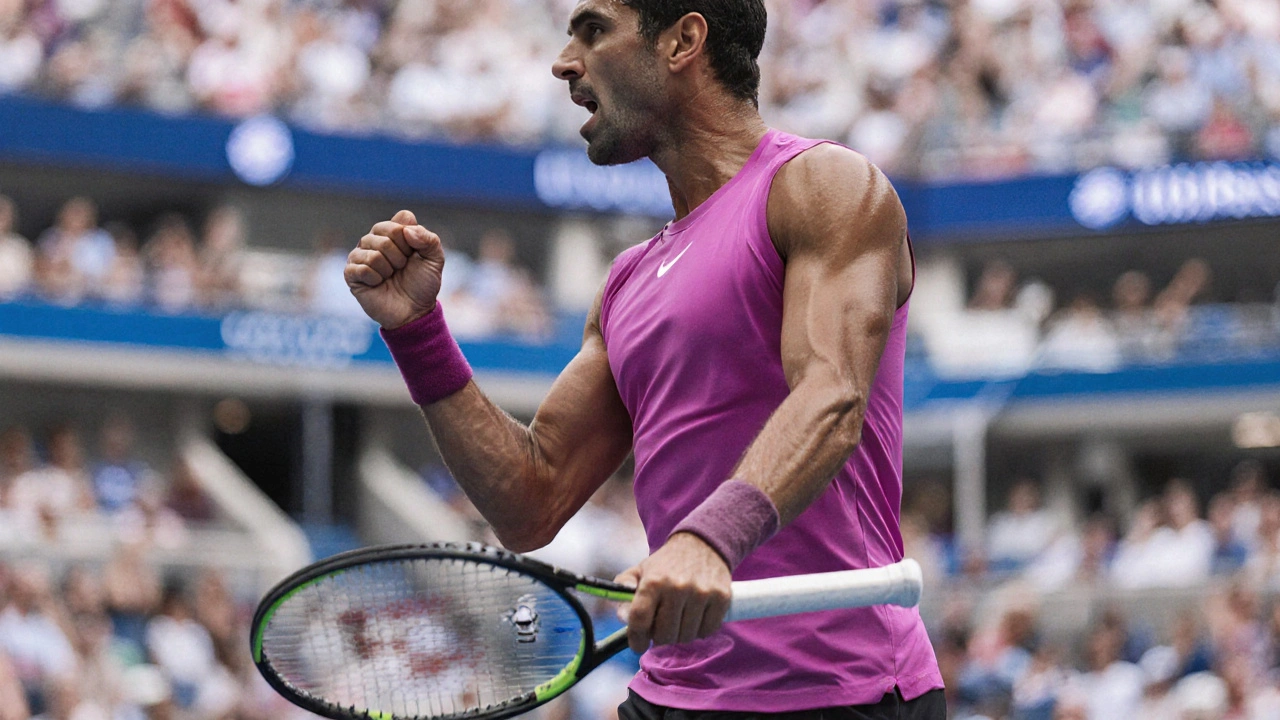When the final point of the 2025 US Open rang out, it wasn’t just a trophy that slipped away from Jannik Sinner – his No. 1 ranking vanished too. Instead of wallowing, the 23‑year‑old Italian turned the defeat into a blueprint for change.
Why Sinner is Overhauling His Game
Ahead of the China Open, Sinner opened up about the “small changes” he’s making. “We’ve been reflecting a lot on that final,” he told reporters. “We’re working on new things, changing a lot of tiny details. My mistake count is up right now, but I hope it pays off in the long run.” In plain terms, he’s trying to become a player opponents can’t read.
The adjustments aren’t flashy new serve speeds or radical grip swaps. They’re subtle – shifting his footwork positioning, tweaking his second‑serve placement, and varying the rhythm of his groundstrokes. By mixing up patterns, Sinner hopes to keep Alcaraz guessing and force longer rallies where he can exploit any opening.
He also admitted he’s willing to lose a few matches while the new habits settle. “Maybe I’ll lose some matches now, but I’m trying to be more unpredictable,” he said. That mindset reflects a growing confidence that short‑term setbacks are worth the payoff of a more versatile game.

What the Adjustments Could Mean for the Rivalry
Alcaraz, fresh off his sixth Grand Slam title, knows Sinner’s work ethic well. “I know he’ll change something after the loss – that’s what I did when I lost to him,” the Spaniard remarked. His acknowledgment adds a layer of intrigue: both men are essentially playing a game of chess, constantly revising strategy after each encounter.
While Sinner sharpens his angles in Beijing, Alcaraz is grinding away in Tokyo at the Japan Open. Their parallel paths mean the next meeting could be months away, but the tennis world will be watching every set for hints of new tactics.
Experts suggest a few concrete outcomes if Sinner’s plan sticks:
- Increased variety on serve – mixing body serves with wide placements to disrupt Alcaraz’s return rhythm.
- More aggressive net approaches, especially on second‑serve points, to shorten rallies and create surprise.
- Adjusted defensive positioning, allowing him to counter‑punch harder when Alcaraz attacks the backhand.
Should these tweaks work, Sinner could reclaim the mental edge that helped him dominate the 2024 season. Even a slight shift in tempo or shot selection can swing a tight five‑set match.
Fans, coaches, and commentators are already dissecting practice footage from Beijing. Some say Sinner’s forehand now has a slightly later contact point, a move designed to push Alcaraz deeper behind the baseline. Others note a higher percentage of drop shots in recent warm‑ups, hinting at a desire to break the rhythm of long baseline exchanges.
One thing is clear: the rivalry has matured beyond pure power. It’s a battle of adaptability, mental agility, and the willingness to gamble on change. Both athletes have proved they can morph after a loss, and that cycle is set to continue.
If Sinner’s “small changes” become big results, the tennis calendar could see an early season clash at the ATP Finals where the two could trade titles once again. For now, the Italian’s focus remains on the immediate goal – turning the China Open into a testing ground for his revamped toolkit.
Every practice session, every match in Beijing, is a live experiment. The stakes are high, but the potential reward – a return to the top of the rankings and a new chapter in one of the sport’s most exciting rivalries – is well worth the effort.


Prakash.s Peter
September 27, 2025 AT 09:29ria ariyani
September 29, 2025 AT 05:06Emily Nguyen
September 30, 2025 AT 18:15Ruben Figueroa
October 2, 2025 AT 00:00Gabriel Clark
October 3, 2025 AT 00:14Elizabeth Price
October 4, 2025 AT 20:07